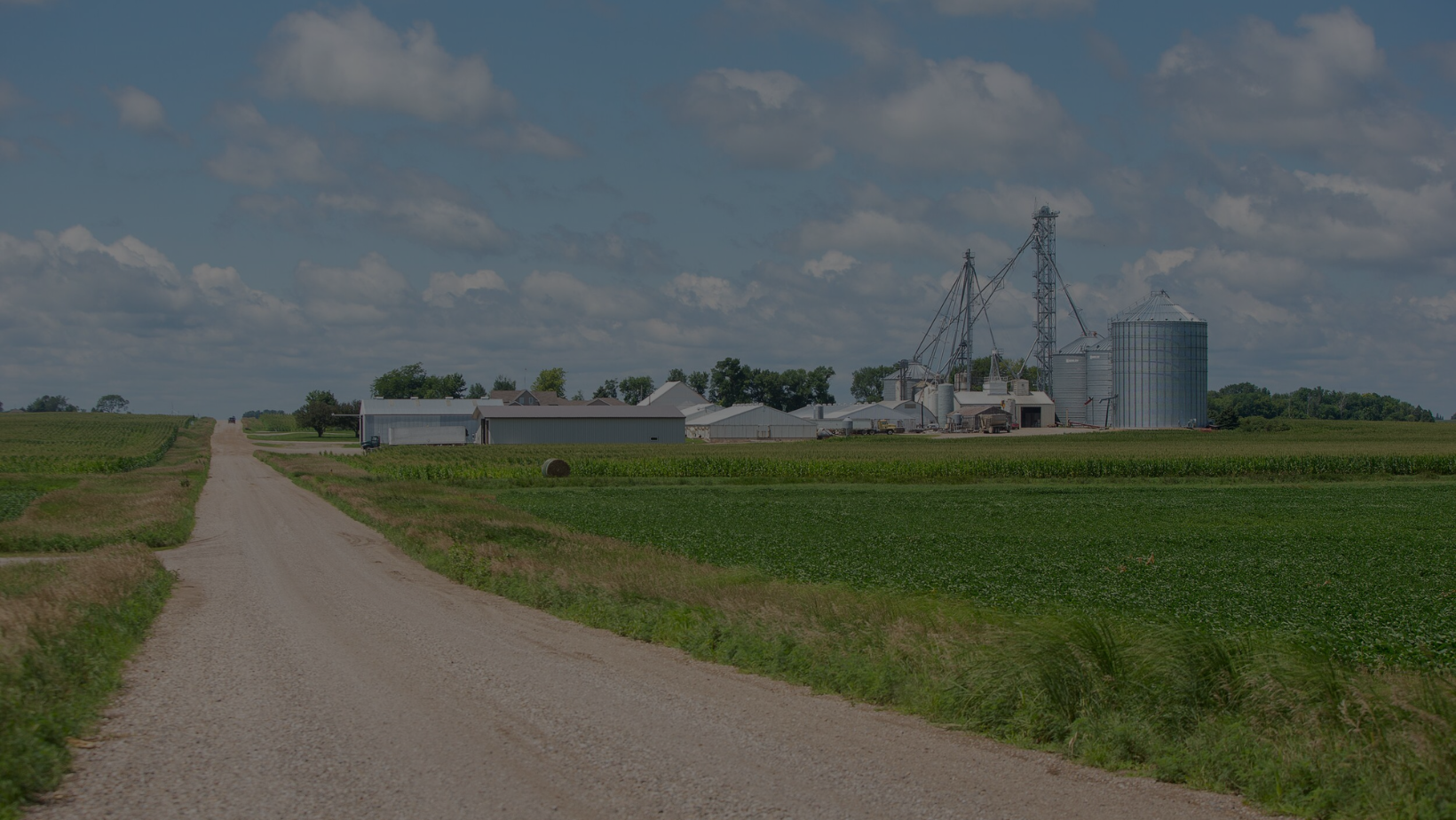
The Tennessee Pork Industry
The Tennessee pork industry adds significant value to the agricultural economy and is a major contributor to the overall Tennessee economy. Although the size and structure of the Tennessee pork industry has changed over time, current levels of production continue to support jobs and generate earnings in the state economy. Overall, an estimated $301.74 million of personal income and $413.01 million of gross national product are supported by the Tennessee pork industry, with more than 5,249 jobs in the Tennessee economy.
Total Economic Contribution
All direct, indirect, and induced economic activity supported by the Tennessee Pork Industry.
5,249
jobs supported by the pork industry
$413M+
value added (GDP)
$301M+
personal income generated
Hog Farms and Production
Tennessee Hog Inventory
Hog inventories in Tennessee have varied over time but have trended upward from 230,000 head in 2000 to 320,000 head in December 2023. Annual cash receipts from the sale of hogs were $137.78 million in 2023. This figure was based on a pig crop of 882,000 born in Tennessee and in-shipments from other states and Canada of 145,000 feeder pigs.
Tennessee Hog Farms and Hogs per Farm
Total hog marketings in Tennessee have increased in recent years while the number of farms raising hogs has declined. From 1997 to 2012, the number of farms decreased from 2,532 to 1,297, but by 2017 Tennessee had 1,898 farms raising hogs. As of 2022, the number of farms raising hogs fell to 1,643. Meanwhile, the average inventory of hogs per farm has increased from 135 in 1997 to 171 in 2022.
Tennessee Hog Inventory Distribution
About eight percent of Tennessee hogs are on farms with less than 2,000 head in inventory, 14 percent of the inventory is on farms with 2,000 to 4,999 head, and 78 percent are on farms with 5,000 or more hogs.
Hog Production Costs and Returns
The $137.78 million of hog marketings in 2023 represents the aggregate value of the pork industry at the farm level. In addition to these farm level effects, the industry’s backward and forward linkages generate significant additional impacts throughout the Tennessee economy. The backward linkages include purchased inputs, supplies, and services used by hog producers. The forward linkages include further value-added activities occurring after the farm gate such as slaughter, processing, and food preparation. Based on long-run prices, annual revenue from hogs is estimated to be $124.31 million.
Hog Production by the Numbers
1,643
number of farms with hogs
804K+
hogs marketed annually
$137M+
cash receipts from hog sales
Jobs Supported by the Tennessee Pork Industry
Feed is the largest single expenditure category in pork production. With 804,334 head produced annually, 8.18 million bushels of corn valued at $35.81 million and 10.50 million tons of soybean meal valued at $17.64 million are used in Tennessee. Feed supplements and additives represent another $8.19 million of purchased inputs from suppliers in Tennessee. Overall, the use of this scale of feed ingredients helps support the soybean processing industry, grain elevators, transportation services, and others based in local communities.
The estimated total value of direct inputs used in Tennessee sum to $90.22 million based on long-run feed prices. Additional costs for depreciation of fixed assets and facilities total an estimated $27.40 million. Labor and management expenses add an additional $12.08 million of costs for a total of $117.62 million of aggregate input costs used in hog production in Tennessee. The residual value between inputs and marketings is estimated to total $6.69 million and can be described as returns to capital.




